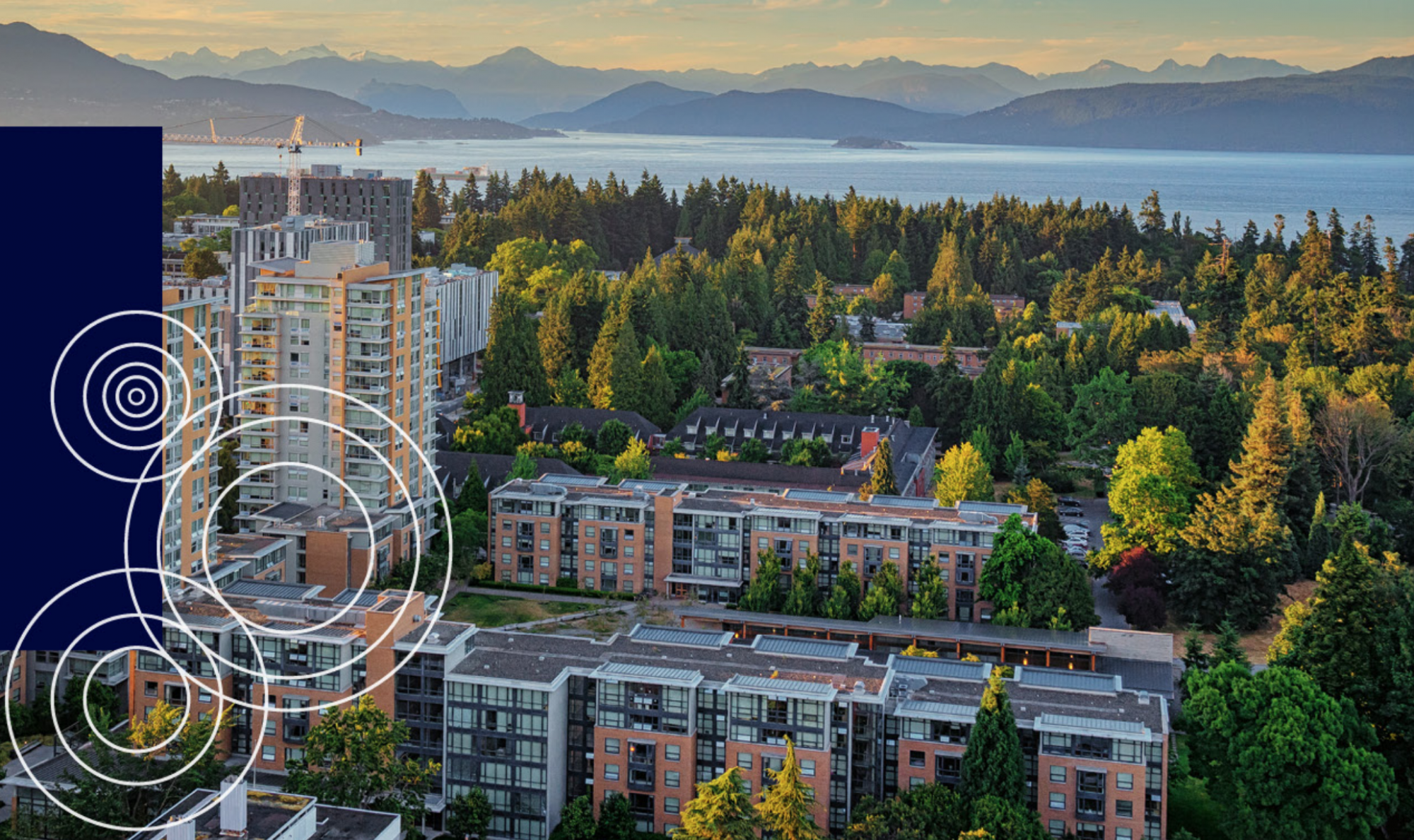Green Streets
The traditional design of streets is created of an impervious surface can make large amount of runoff when it rains. As the water runs along the surface it can pick up pollutants that then enter the water system. The water system can either be two separate systems: one for stormwater and the other for sanitary water or it can be a combination of the two. Either way some of these systems can’t handle the large peaks of runoff which a rain storm can produce. These volumes cause overflowing of basins and catchments which can leads to high volumes being released into the environment which can be very harmful. One of the ways to manage these high volumes and contaminant release is implementing green streets. Green Streets are a good example of how sustainable site planning can be implemented to create many benefits to a system that is already in place but can at some times be harmful to the environment. There are many sustainable benefits to Green Street which can be seen in the following list:
- Improving water quality, air quality, temperature, aesthetics and safety
- Reduce the peak flows that impact the underground storm water infrastructure
- Smaller and fewer pipes and less maintenance
- Help prevent flooding
- Improving, restoring and protecting water as a resource
- Promote alternative surfaces
- Promote renewable energy for street lights
- Reducing heat that radiates from the hard surfaces
- Promotes more appealing pedestrian use by being more walk-able, safe and attractive
- Sense of place, higher livability
The following are some examples of what the infrastructure that might be included in a Green Street:
- Porous pavement
Porous pavement could be made of pervious concrete, porous asphalt or permeable interlocking pavers. Implementing porous pavement infiltrate, treat and store runoff. It can be cost effective where land values are high and flooding and icing is a problem.

(http://njwsawpu.blogspot.ca/2011/06/permeable-pavement-epa.html)
- Vegetated Curbs and sidewalks
Adding more vegetation will result in more of the rainwater being absorbed into the soil rather than being put in the stormwater system. Absorbing the water filters contaminants out of the water stops the contaminants from being released into the environment as well as reduce the peak flow volumes.
(http://www.deeproot.com/blog/blog-entries/the-rise-of-the-curb-cut-part-two)
- Planter Boxes
Planter boxes are garden with vertical walls and either have open or closed bottoms. These can collect and absorb runoff from sidewalks, parking lots and streets. They are ideal for space-limited sites in dense areas.
(http://www.lastormwater.org/blog/2015/01/university-park-rain-gardens-to-grow/)
- Rain garden: Biowales
Biowales are vegetated, mulched or xeriscaped channels that provide treatment and retention as they move stormwater from one place to another. The vegetated swales slow, infiltrate and filter the flow of stormwater. This system is well suited along the sides of streets and parking lots.
(http://www.bizjournals.com/portland/blog/sbo/2014/01/world-cities-looking-to-portland-for.html)
- LED Lights
Implementing LED lights into the street lights will reduce the energy used to light the streets while also, providing a brighter environment at night. This can be an example of how implementing green streets can promote the use of renewable energy.
An Example of Implementations:
Philadelphia has multiple projects that were implement all over the city. One of them is the Queen Lane Water Treatment Project. They implemented vegetated curb extension that protrude into the street creating a new curb. This curb is made of a layer stone topped with soil and plants. The curb design allows the runoff to flowing into the vegetation area so the plants can store and filter the runoff. Excess runoff can flow into the existing inlet which leads to the treatment plant. As well there is a downspout planter which allows the runoff from roof gutters to flow through the plants, which has the similar benefits as the curb design discussed above.
(http://www.phillywatersheds.org/what_were_doing/green_infrastructure/projects/QueenLane)
For more examples of other green street implementation in Philadelphia refer to their Green Streets Programs (http://www.phillywatersheds.org/what_were_doing/green_infrastructure/programs/green_streets).
Resources:
https://www.youtube.com/watch?v=TxqxEqnHIKw&app=desktop
https://www.epa.gov/green-infrastructure/what-green-infrastructure
http://www.phillywatersheds.org/what_were_doing/green_infrastructure/projects/QueenLane




Great use of graphics, you included a wide variety of examples that provided a lot of context to the written portions. Perhaps there could be some annotations within the graphics to point out the specific features within each photo. Overall, the blog was well organized and easy to follow.